
What is Switchgear? Types, Uses and Benefits and Voltages Breakdown

Switchgearcontrols, safeguards, and isolates circuits and is a crucial hardware component for electrical systems. Several switchgear varieties are available, including hybrid, gas-insulated, and air-insulated varieties. Improved safety, dependability, and power distribution efficiency are just a few advantages of switchgear. It is used in commercial, industrial, and residential contexts to provide smooth power distribution and transmission while protecting equipment from faults and overloads. Switchgear is essentially the foundation of the electrical infrastructure since it offers essential features for controlling the flow of energy and preserving system integrity. In this blog, we will obtain in-depth knowledge about switchgear and its usefulness in the electrical environment.
What is Switchgear?
Switchgear is the equipment used in the power system to regulate, control, and turn on and off the electrical circuit. The supply system and switchgear system are directly connected. Switchgear is positioned on the power transformer's highest and lowest voltage sides. It is employed to de-energise the machinery for maintenance, testing, and fault clearing.
If a power system malfunctions, a lot of current flows through the equipment, causing serious damage and disrupting electrical equipment service. So, to secure the lifespan of those electrical components, automated protection devices or switchgear devices are installed. The switchgear protection is installed in different lines, generators, transformers, and other electrical equipment where there exists a high possibility of electrical malfunction.
Essentially, the circuit breaker and relay comprise the two essential switchgear components of the automated protective switchgear. The system's relay activates in response to a defect in any part of the system and immediately disconnects the breaker's trip circuit to isolate the malfunctioning area. Hence, in this process, no equipment gets damaged without affecting the power supply. As a result, the healthy part of the electrical equipment can seamlessly perform its function as usual.
Types of Switchgear
Three major types of switchgearare used in significant industries. Let us study in detail about the various types of switchgear:
High Voltage Switchgear
High-voltage switchgear is designed for electrical systems that require a power supply of 36 kV or above. It is also essential to understand that high-voltage switchgear must utilise technology to avoid or quench arc flashes since it handles greater voltages of electricity.
There are two main categories forhigh voltage switchgear: gas-insulated and air-insulated. High-voltage air-insulated switchgear is often used outdoors and consists of sizable equipment. However, gas-insulated high-voltage switchgear is usually installed indoors.
Low Voltage Switchgear
Low voltage switchgear, sometimes abbreviated as LV switchgear, is made for electrical systems that handle less than 1000 volts. This switchgear is usually constructed as enclosed metal constructions with distinct sections and is installed in the bus, cable compartments, and breakers.
Diverse functionalities, such as arc resistance and arc quenching, are incorporated into low-voltage switchgear design. These switchgear are usually designed to withstand current breakers and have a 30-cycle duration. This indicates that the breakers are capable of withstanding 30 fault current cycles before tripping or breaking.
Medium Voltage Switchgear
As compared to the above switchgear, medium-voltage switchgear can withstand a power supply of 36 kV but cannot withstand more than the designated power supply. Medium-voltage switchgear transports higher voltage and current and hence it needs to be more resilient to electrical shock.
Medium-voltage switchgearcan be further classified into types 1, 2, 2B, and 2C based on the arc flash rating. Type 2 switchgear features arc resistance throughout the assembly, whereas Type 1 switchgear only includes arc-resistant devices upfront. Type 2B switchgear must be completely arc-resistant, while Type C switchgear must be arc-resistant between compartments and throughout the entire electrical system.
Application of Each Voltage
Each of the three major switchgear performs a unique set of functions that further sets them apart from each other. Here are some of the major applications of the switchgear voltage:
High Voltage Switchgear
High-voltage switchgearis used in transmission lines, power plants and various utility circuits for a variety of purposes, including system monitoring and circuit isolation in the case of a malfunction being detected in the system.
Low Voltage Switchgear
Low-voltage switchgear is designed for small-scale power systems or electrical lines that transmit less than 1 kV of power. Consequently, it finds widespread usage in both domestic and business settings, including homes, offices, schools, and hospitals. Low-voltage switchgear is installed on the secondary sides of a transformer to ensure that the power is distributed safely to homes or businesses.
Medium Voltage Switchgear
The main and secondary sides of the electrical grid are common locations for MV switchgear. This indicates that in both energy distribution networks and power-producing facilities medium-voltage switchgear is commonly utilised. Besides that, medium-voltage switchgear is widely installed in various utility facilities like hydroelectric, solar, etc.
Uses of Switchgear
The primary function of a switchgear is to disconnect fusses and switches from the rest of the electrical equipment in case a certain defect has been identified in the system. Other than that, there are various other uses ofswitchgear,and some of them are:
- It safeguards electrical circuits and apparatus from failures such as overloads and short circuits, therefore averting harm and guaranteeing the safety of the equipment. It further enhances the lifespan of the electrical equipment.
- Switchgear controls standby power supplies during blackouts or grid disruptions with the help of other devices like UPS systems and generators.
- Switchgear includes fault detection and signalling devices, allowing for prompt diagnosis and reaction.
- In significant industries, switchgear is widely used to control processes, automate, power motors, machines, and various other equipment.
- Switchgear is known for controlling voltage levels to give customers a steady and reliable electricity supply.
- Operators can regulate power flow as per the requirements by using switchgear, which further enables manual or automatic management of electrical circuits.
- Certain switchgear systems provide remote monitoring and control, enabling management from a single place.
Benefits of Switchgear
Switchgear is one of the most essential components in an electrical system as it helps promote a healthy lifespan of electrical equipment. Here are some of the additional benefits of switchgear:
- Switchgear offers design and installation flexibility and can be customised to meet unique needs and applications.
- It reduces downtime and improves the general dependability of electrical networks by quickly isolating issues.
- Switchgear ensures stable operation and seamless functioning of the power grid by incorporating renewable energy sources, such as solar and wind.
- To safeguard workers designated to work with the particular electrical equipment and electrical systems from significant problems, including overloads and short circuits that can create drastic consequences, switchgear quickly isolates problematic portions.
- Switchgear protects expensive electrical equipment against surges or electrical failures that might cause harm to the performance of the electrical component.
- Switchgear's ability to cut down on energy losses can enhance the effectiveness of electrical systems.
- Modern switchgear, which is compact in design, contributes to space savings in electrical installations, particularly in limited or urban areas.
- Furthermore, it can reduce costs by lowering the need for replacements and maintenance.
Read Also: Unlocking The Benefits Of Dimmer Switches: Understanding Their Functionality
Conclusion
To sum up, switchgear is an essential component of electrical distribution systems because it makes sure that power flow is controlled safely and effectively. It shields against electrical overloads, makes it easier to isolate malfunctioning equipment, and allows maintenance to be performed without causing system-wide disruptions. Switchgear is always evolving to incorporate intelligent features for improved monitoring and control as technology progresses. Its importance in preventing possible threats to electrical networks cannot be emphasised. Switchgear dependability and functionality are critical for continuous power supply and equipment and personnel safety in both residential and commercial environments.
Since the importance of switchgear in an electrical system cannot be ignored, installing the best switchgear for your electrical appliances is advisable. With L&T switchgear solutions such as changeover switches, electrical switchgear and many more, you can experience unmatched innovation and dependability. Equipped with modern technology, the L&T switchgear is designed by the top engineering companies in the world to provide smooth distribution of power and protection. Their switchgear products are made to superior standards, offering the best performance and safety, whether used in residential buildings or industrial complexes. For more such electrical equipment, visit L&T Electrical & Automation Smartshop.


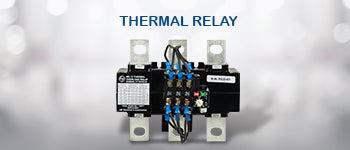
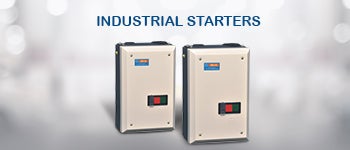
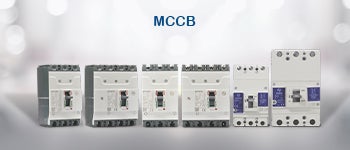
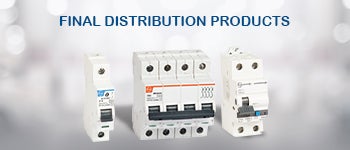
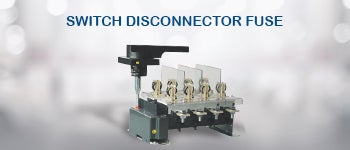
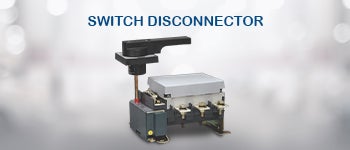
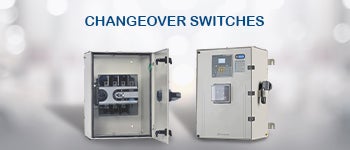
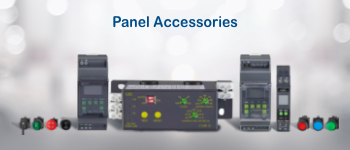
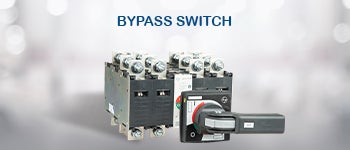
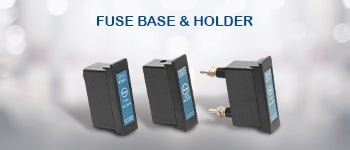
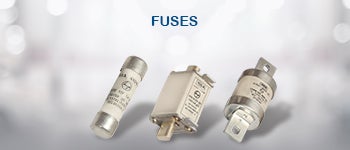

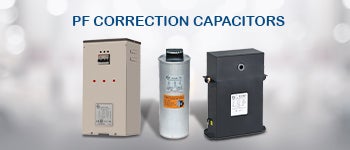
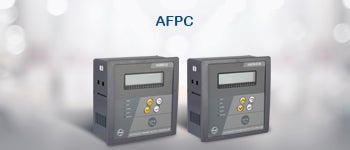

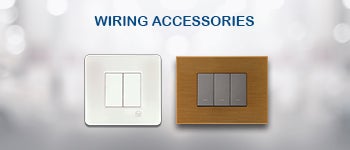
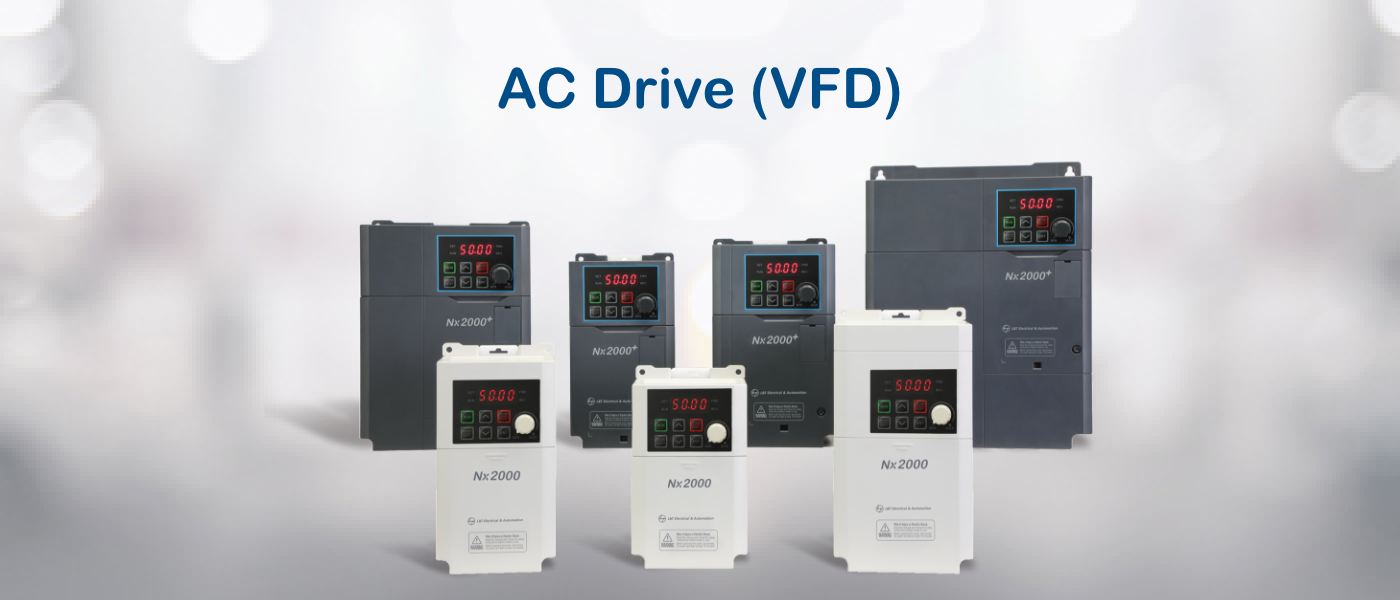
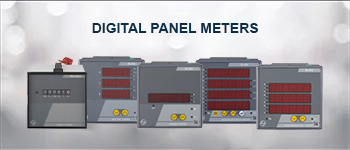




Comments
Last name is required field
Email is required field Please enter valid email
Please enter comment